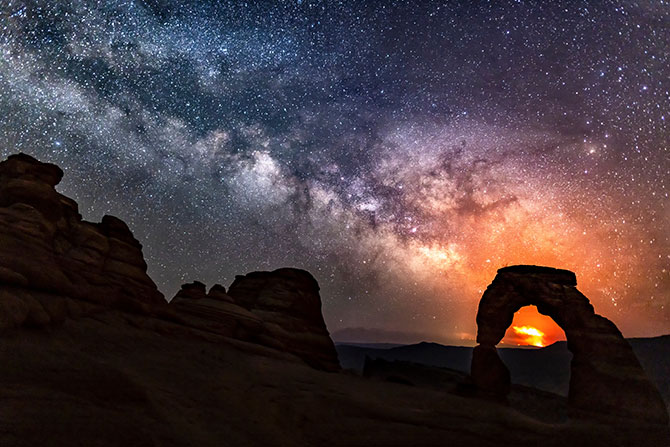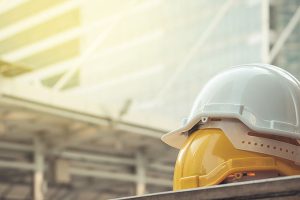How I Spent My Summer Vacation is the title of a 1967 film starring Robert Wagner, Peter Lawford, Jill St. John and a number of other well-known film personalities. It was one of the first movies ever made for TV. It’s also the title of a whimsical children’s book published in 1997, a song released in 2000 by alternative band The Ataris and a 2001 album by New Jersey punk rock band The Bouncing Souls.
Unless you’re a big-time fan of any of those pieces of pop culture detritus, when you hear the phrase “How I Spent My Summer Vacation,” you probably think of the stale old prompt teachers give their students upon returning to school to get them back in academic mode. Fun in the sun is over, Janie. Time to write an essay and present it to the class. Ugh.
I’m not going to make anyone write an essay about their summer, nor am I going to tell you about mine specifically (although, it bears mention that you’ll see quite a bit in this issue about our many events from the past months). What I am going to do is express gratitude for the abundance of natural resources around and under us that makes living, working and playing in Utah such a joy. Fossil fuels are integral to our lifestyle, our prosperity and, yes, our fun. The multitude of ways are legion.
Gasoline and other refined products grant us the mobility and freedom to explore the many corners of our state, country or beyond and enjoy them. Whether it’s a simple jaunt to the trailhead, or a longer expedition to one of the underexplored nooks just waiting to be discovered, our ability to travel efficiently and autonomously is indeed a gift.
But we are so much more than just fuels. According to the U.S. Department of Energy, “Petrochemicals derived from oil and natural gas make the manufacturing of over 6,000 everyday products and high-tech devices possible.” If we’re exploring the outdoors, we wouldn’t want to be without our sleeping bags, our backpacks, our camera, our coolers, our sunglasses or our portable cook stoves (which includes a supply of clean-burning natural gas as our fuel), would we? How about fun stuff? Recreational equipment from bicycle components to water skis to the simple Frisbee owes its existence to the refining and production of oil and natural gas products.
When it comes to our most cherished spaces — our National Parks and our public lands — oil and natural gas production has a hand in protecting those, too. Thanks to the landmark 2020 federal Great American Outdoors Act, The National Parks and Public Land Legacy Restoration Fund was established to address the deferred maintenance and repair backlog on public lands. It was authorized at up to $1.9 billion annually for five years from fiscal year 2021 to fiscal year 2025. The act also established permanent full funding for the existing Land and Water Conservation Fund of $900 million annually.
Where does that money come from? You guessed it: energy development. These programs are financed by 50% of all energy development revenues from oil, gas, coal or alternative or renewable energy development on federal land and water.
It’s posited by some that conservation and energy development cannot co-exist peacefully. Nothing could be further from the truth, and our track record over the last several decades proves this wrong definitively as we have both had robust energy growth while ensuring protections for our shared spaces of beauty and recreation. The narrative of choosing one or the other is a false binary, and it’s one we constantly find ourselves battling against not only in the court of public opinion but in actual courts as well, considering the federal government isn’t keen on issuing permits, holding lease sales or even sending a clear and consistent message as it pertains to energy development on federal lands.
Bringing this back to our local industry, consider this issue of UPdate our essay on how we spent our summer vacation. You will find a recap of many of our events, some federal policy updates and as much fun as we’re legally allowed to put into the quarterly newsletter produced by a professional trade association.
Enjoy the issue.







